PlateletsWhat are Platelets?Platelet is a small, disc-shaped cell fragment present in the blood and spleen. These are also called as thrombocytes. These are fragments of megakaryocytes, which are very large cells in the bone marrow. They aid in the formation of blood clots, which slow or stop bleeding and aid in the healing of wounds. How Do Platelets Work?The microscopic blood cells, known as platelets, or thrombocytes, aid in blood coagulation. Your body naturally stops bleeding using platelets. 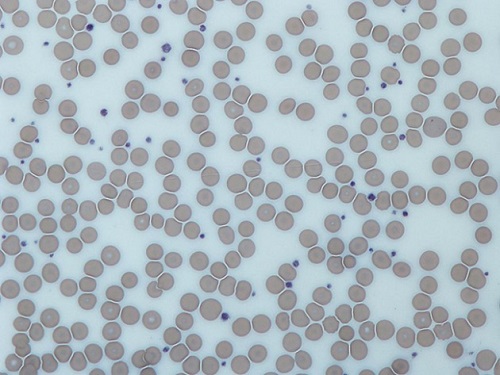
What Is the Purpose of Platelets?The purpose of your platelets is to halt bleeding. Your platelets will congregate during an accident to form a plug at the cut site that seals blood arteries, a process known as clotting, to stop extra blood from leaving your body. Can I Give Blood Platelets?It is possible to give platelets akin to giving blood plasma. To do this, your doctor will take blood from one arm and put it into a centrifuge, which swiftly spins and separates the different parts of your blood. Your blood's remaining components return to your body through a vein in your opposite arm after the machine takes the platelets from it. Donations of platelets benefit people with cancer, chronic diseases, or serious injuries. 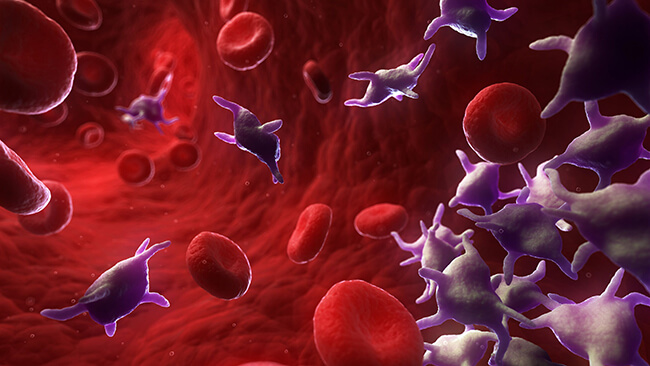
Where Can You Find Platelets?Plasma, red, white, and platelet-containing blood cells make up whole blood. Your blood and spleen both contain platelets. Platelets, the lightest component of whole blood, are pushed to the walls of your blood arteries because they are the heaviest part of the blood. This allows plasma and blood cells to flow through the center, allowing platelets to reach damage rapidly to stop bleeding. How Do Platelets Appear?Small, colorless cell pieces are called platelets. The word "platelet" refers to the shape in which platelets develop. Platelets stretch filaments that resemble the legs of a spider when they are actively clotting. To seal the wound and halt the bleeding, these legs make touch with the ruptured blood vessel and other clotting components. Your platelet walls' outside proteins are sticky, which aids in the platelet's adherence to your blood arteries. 
The Number of Platelets in My BloodAlong with plasma (which makes up 55% of the entire volume of your blood), red blood cells, platelets, and white blood cells make up 1% of your total blood (44 percent of total volume). Your body has 20 red blood cells for every platelet. There are tens of thousands of platelets in one drop of blood. How Are Platelets Created?Platelets are produced in the soft tissue of your bones (bone marrow). Megakaryocytes, the biggest cells in your bone marrow, produce platelets. 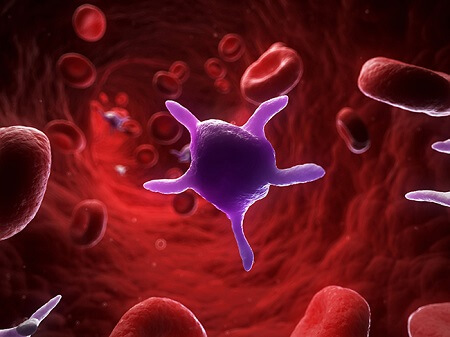
What Is a Typical Platelet Count?Your healthcare practitioner will draw blood from a vein during a complete blood count (CBC) test to count the white blood cells, red blood cells, and platelets. Adults should have between 150,000 and 450,000 platelets per microliter of blood as a normal platelet count. Risk factors for diseases connected to platelets would be any count above or below 450,000. What Prevalent Conditions Have an Impact on Platelets?An abnormal platelet count might be the result of two conditions:
What Causes a High Platelet Count?Your platelet count is excessive because of abnormal bone marrow cells. Unknown factors may be involved in aberrant cell development. 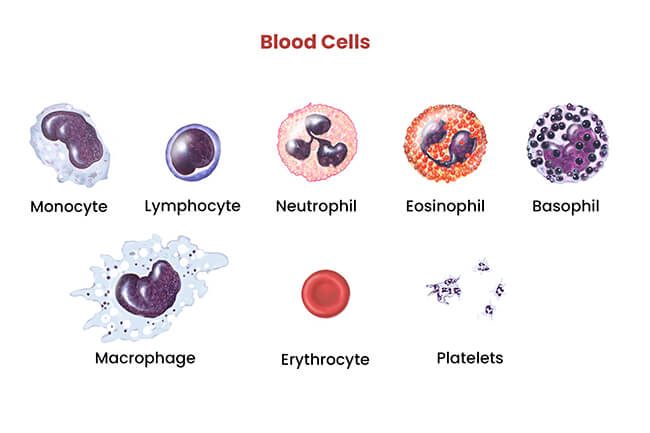
What Results in Excessively Low Platelet Count?Low platelet counts may result from several factors, including:
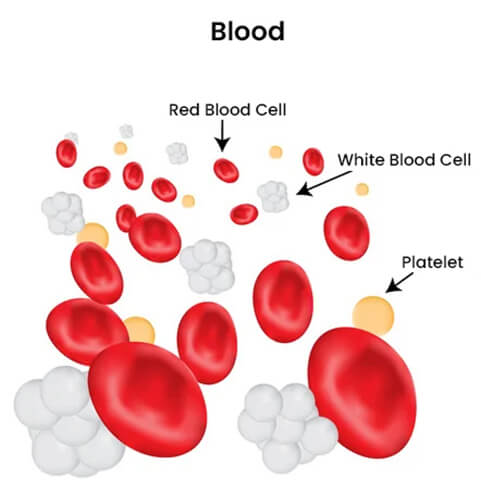
What Happens When Platelet Levels Are Low?You won't have enough platelets to clot a wound if you have thrombocytopenia, a condition where your platelet count is too low. A low platelet count can cause serious internal bleeding, severe blood loss, and hemorrhaging. You could bleed too much if you get hurt, and it might be hard to stop. Immune thrombocytopenia is a bleeding condition that causes severe internal and subcutaneous bleeding due to insufficient platelets (ITP). Petechiae, little red and purple spots on your skin that mimic a rash, and bruises from blood vessels under your skin, are symptoms of this disorder (purpura). Your prognosis for ITP is improved by receiving treatment to raise your platelet count. How Do High Platelet Counts Affect Things?A high platelet count will result in platelets adhering to one another and unneeded clotting in your blood vessels. Heart attack and stroke might result from blood clots. 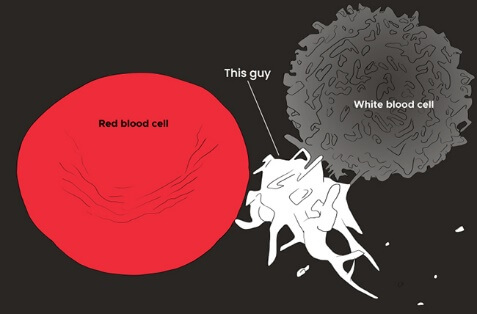
What Are the Signs of Platelet Disorders?The following are typical signs of platelet disorders;
What Tests Determine Whether My Platelets Are Healthy?Tests to determine your platelets' state of health include:
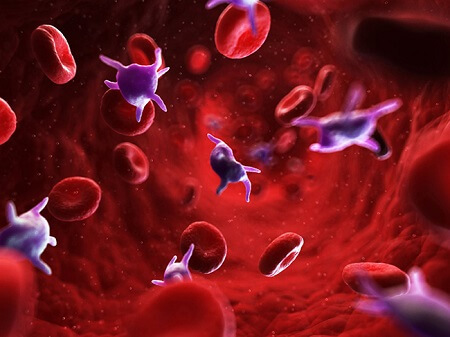
What Are the Typical Therapies for Diseases Connected to Platelets?The following are typical platelet problems treatments;
If My Blood Platelet Count Is Too High, How Can I Lower It?Your healthcare professional will suggest a treatment strategy to address your health condition if your blood platelet count is too high. You can do the following things to lower your blood platelet count:
If My Blood Platelet Count Is Very Low, How Can I Raise It?No particular way of life adjustments will raise your blood platelet count. The best course of action is to address underlying medical concerns and carefully collaborate with your healthcare professional to identify a treatment strategy that complements your body the most. 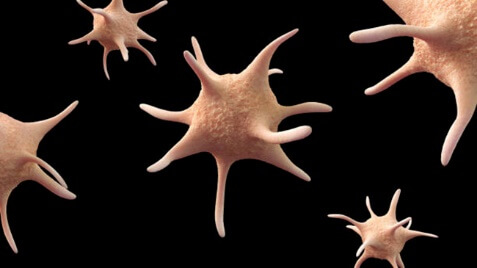
How Can I Maintain the Health Of My Platelets?You can maintain the health of your blood platelets by adhering to the following;
Platelet-Rich Plasma: What Is It?Sports injuries, joint sprains, strained muscles, liver illness, and major wounds can benefit platelet-rich plasma's healing and repair abilities. After a sample of your blood is taken and put into a centrifuge machine to split your whole blood into layers, platelet-rich plasma is created. Your healthcare professional will provide an injection containing platelet-rich plasma to the location of your injury. Plasma and platelets separate from red and white blood cells. 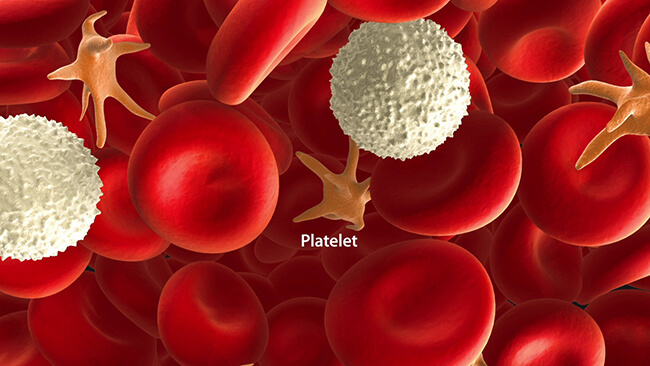
ConclusionYour blood's platelets are an essential component that hastens your recovery from injuries. Manage any underlying medical issues and exercise caution to prevent damage to increase the health of your platelets.
Next TopicLeukocytes or White Blood Cells
|
 For Videos Join Our Youtube Channel: Join Now
For Videos Join Our Youtube Channel: Join Now
Feedback
- Send your Feedback to [email protected]
Help Others, Please Share










